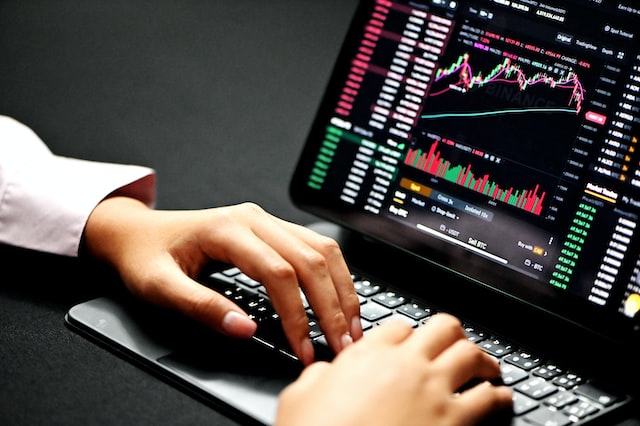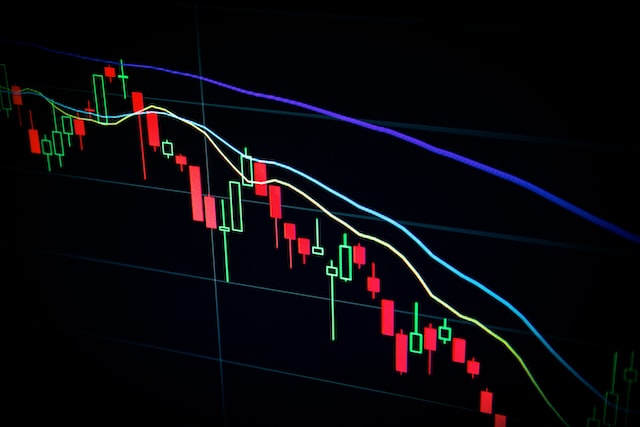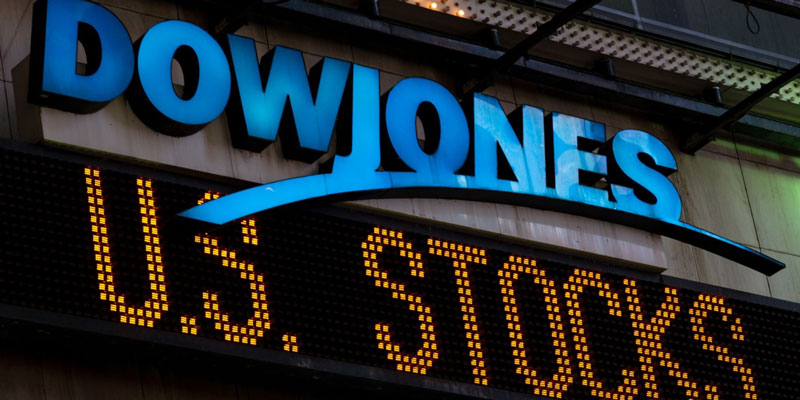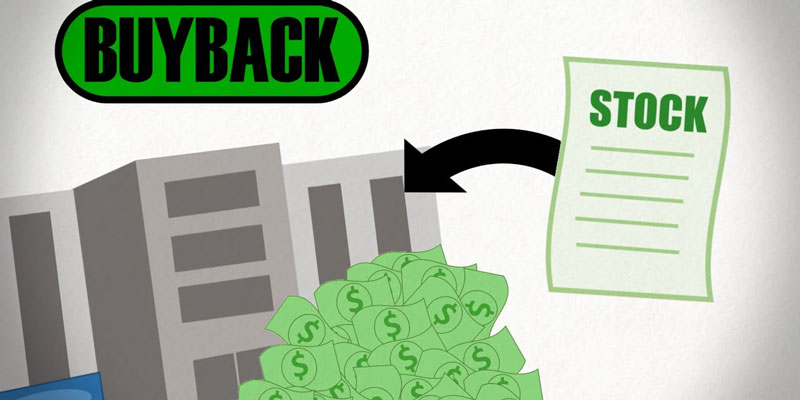A spot trade, also known as a spot transaction, is the purchase or sale of a financial instrument, foreign currency, or commodity for prompt delivery on a specific spot date. Most spot contracts require the actual delivery of the money, goods, or instrument. The price difference between a futures contract and a spot contract accounts for the time value of the payment. This difference depends on the interest rates and the length of time until maturity. The market price at which commodities are purchased is a spot price. The exchange rate upon which a foreign exchange spot trade is based is the spot exchange rate.
Investors that day trade find spot trading appealing because it allows them to hold short-term positions without worrying about a derivative contract's expiration date.
Let's discuss a spot contract example. An investor chooses to buy shares of XYZ through its broker and place a "market order," which results in instant payment and ownership of the investment. Then, the investor engages in a spot transaction.
How does Spot Trade work?
Spot markets are where spot trade happens. Commodities and assets are purchased for their current market value, known as a spot price. There is a physical transfer of securities, and these transactions are immediate. The transactions take two working days or T+2 days for completion.
Supply and demand are the factors that buyers and sellers set the price. Spot markets promote a transparent atmosphere. Each transaction participant in such exchanges is fully informed of all the costs and specifics.
There is no minimum capital requirement for spot market transactions, in contrast to future markets. Due to instability, investors can purchase assets at an exorbitant cost. The price eventually drops to fair value. It is a recurring danger brought on by volatile investments.
Furthermore, there is little room for redress after the transaction is completed.
Spot trades take place quickly and in real-time; thus, there is little planning. Transactions in the spot market are rigid, and parties are responsible for managing physical delivery. Counterparty default risk has an impact on interest rates in spot trade settlements. Therefore, investors who engage in spot trading should be prepared with a plan and investing strategy. Investors must maintain emotional control when making decisions in real-time since doing otherwise could result in significant losses.
Types of Spot Trading Markets

There are two types of spot trading markets
- OTC Markets
Through consensus, over-the-counter (OTC) markets allow trades between buyers and sellers on a bilateral basis. The trade is not governed by a third party or a central exchange entity. As a result, unlike in structured markets, traded assets in the spot markets might not be standardized in quantity price.
In OTC markets, buyers and sellers haggle over all deal conditions and complete the transaction on the spot. These transactions take place in private; OTC prices are not made public.
The OTC market with the highest activity is the currency exchange market. FX spot is a foreign exchange spot transaction. Two parties agree to swap currency at a predetermined rate on the spot date. The spot exchange rate is the rate used for the FX spot.
2. Market Exchanges
Buyers place bids on financial instruments that sellers are offering in market exchange. A trading floor or an electronic trading platform assists a spot trading platform. Trading is now more effective because of the upgrade's rapid price determination.
Some exchanges specialize in certain asset classes and market niches. Exchange brokers (market makers) brought spot trading. All the traded assets on an exchange are uniform.
For traded assets, there is typically a minimum contract price. Spot prices can often change, perhaps once every millisecond.
The US is home to the NYSE and NASDAQ, two international market exchanges. The Shanghai Stock Exchange (SSE), The Hong Kong Stock Exchange (HSKE), and The London Stock Exchange (LSKE) are other examples of market exchanges.
What is Spot Trading in Cryptocurrency?

A cryptocurrency spot trading platform is Binance. After opening a Binance account, traders select a cryptocurrency pair to trade. Traders can instantly trade cryptocurrencies for other coins and tokens; they do not need to purchase them with cash.
Advantages and Disadvantages of Spot Trading
Spot prices are clear and solely dependent on market supply and demand. The futures market, which frequently has several reference prices, is in contrast in this regard. For instance, the financing rate, moving average (MA), and price index basis are other factors used to determine the marked price in the Binance futures market. Interest rates may also impact the marked price in some conventional marketplaces.
Spot trading has simple rules, benefits, and risks, making participation easy. Depending on your entry and the current price, you can quickly determine your risk when investing $500 on the spot market in BNB.
Stability is essential for some assets, people, and businesses. For instance, a company that wants to conduct trading abroad requires access to foreign money on the forex market. Planning expenses and incomes would be exceedingly unstable if they relied on the spot market.
Compared to futures or margin trading, spot trading has substantially lower potential returns than futures or margin trading. Investors can leverage the same amount of money to trade greater positions.
Spot Trading for Individual Investors
Most individual investors will base their securities transactions on the current spot price. A security's "spot price" is what you see while viewing the stock market in real time.
However, more sophisticated traders would use derivative contracts to trade options or futures contracts rather than making a spot deal at the current market price. Investors can find various investment possibilities and understand how to incorporate them into their investment portfolios by understanding the distinction between spot trading and other types of trades.
Bottom Line
One of the most popular methods for traders, especially beginners, to engage in trading is spot trading on spot markets. Despite being simple, investors must be aware of its benefits, drawbacks, and potential solutions.




